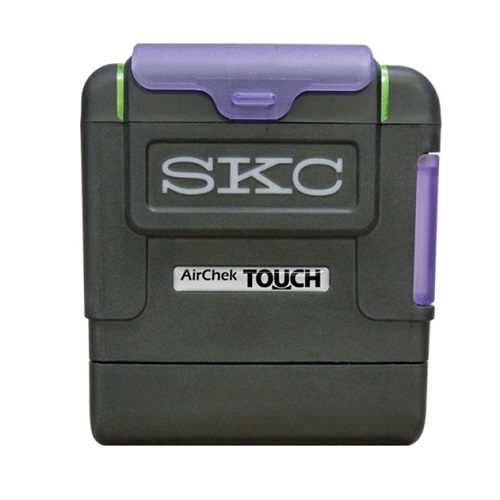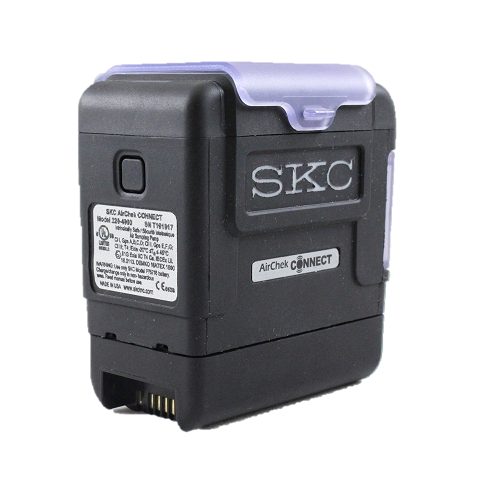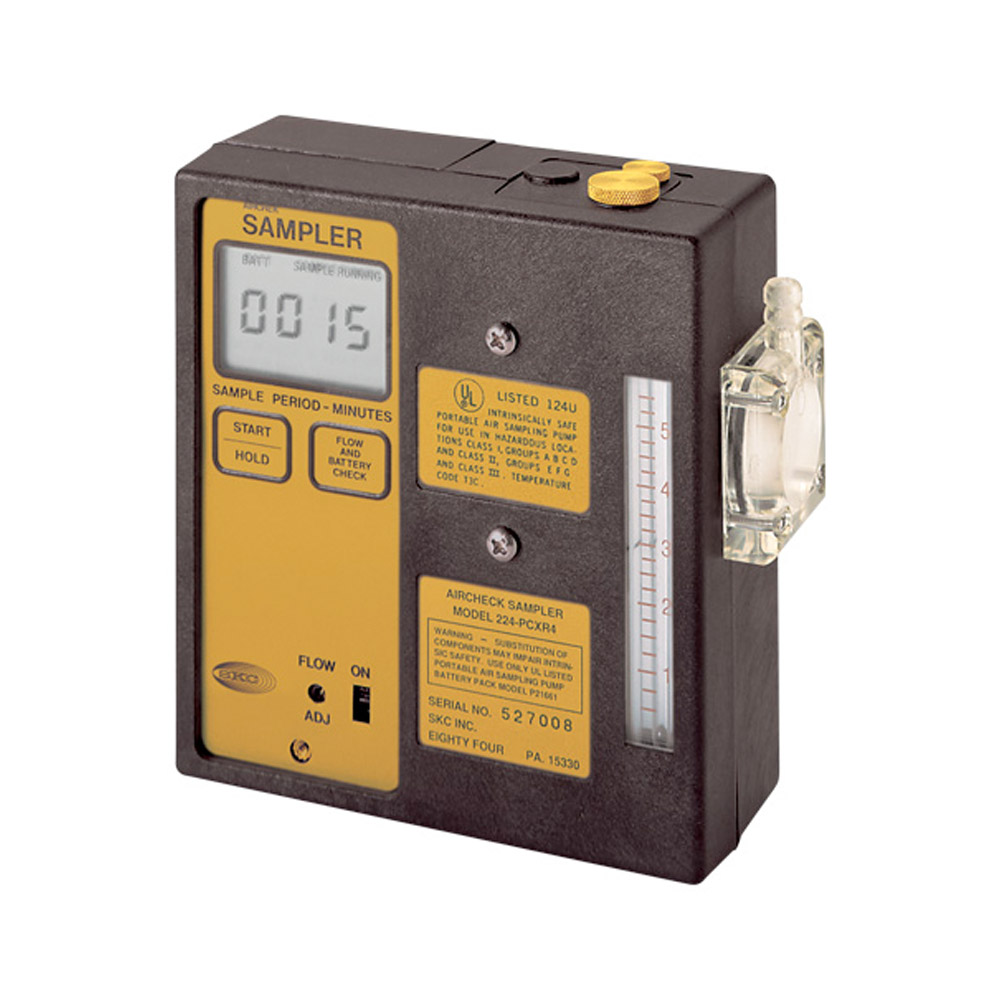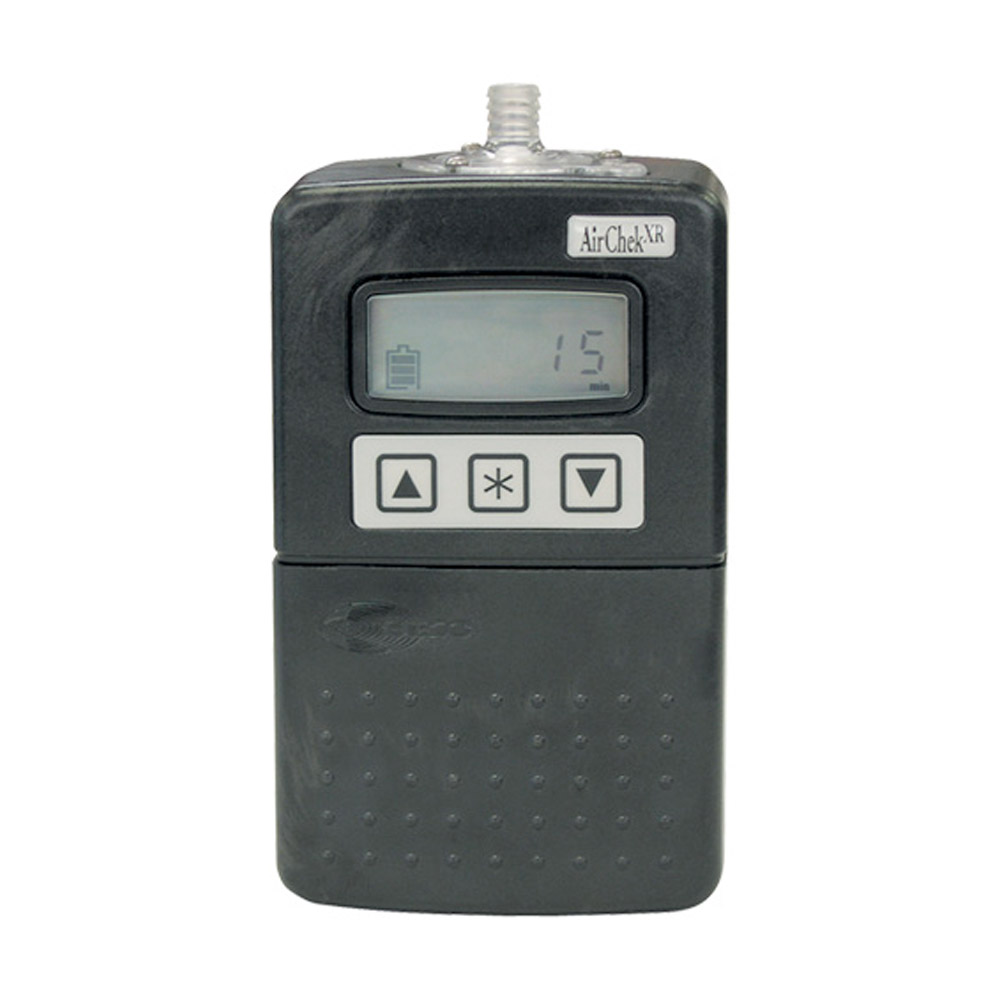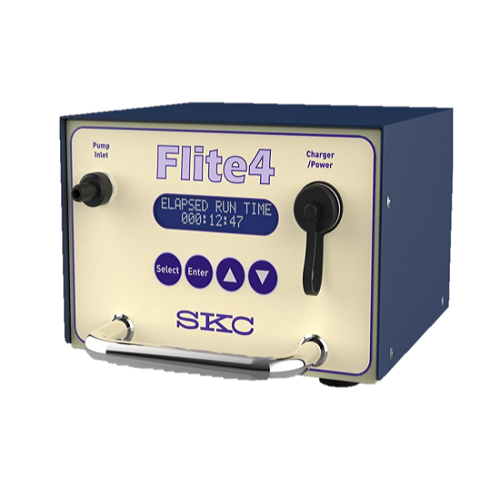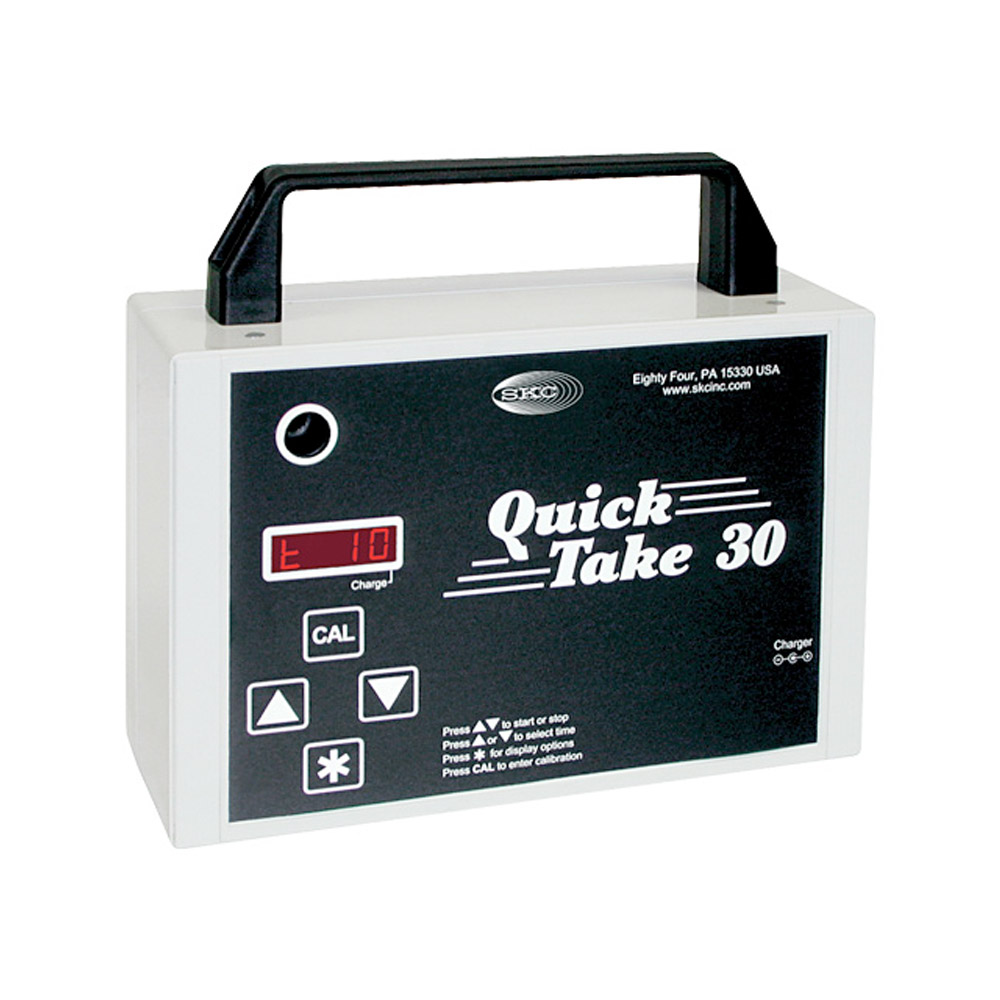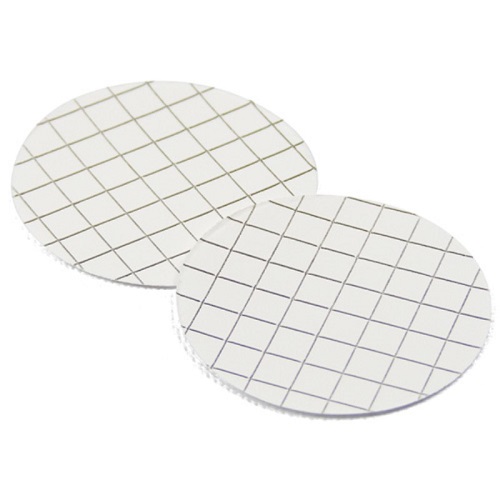Asbestos Monitors
AES offers several options for monitoring asbestos.
Although it isn’t used in construction anymore, airborne asbestos is very dangerous and hard to detect without the help of professional asbestos monitors.
Monitoring must be performed during and after asbestos removal to ensure that that no exposure has occurred. It is especially important afterwards, as this will detect any residual airborne particles that could be dangerous to people re-entering the space.
Asbestos air sampling is a legal requirement whenever particles are being removed from a location to ensure that the risk of contamination for workers and the general public is low. It isn’t legally required in locations where its presence hasn’t been confirmed, however, it’s a good idea to have an asbestos monitoring device on hand to ensure that contamination doesn’t occur.
How is airborne asbestos measured?
A specific volume of air (calculated according to the size of the area) is drawn in through a filtered pump. The filter then closely examines the sample to determine whether asbestos is present and, if so, how many respirable fibres there are. The results will determine what steps should be taken next.
What types of air monitoring can I use?
There are a few different types of asbestos air monitoring equipment to choose from, each used at certain points during removal or to assess certain aspects. Devices will fall under one of these categories – background, clearance and leakage.

